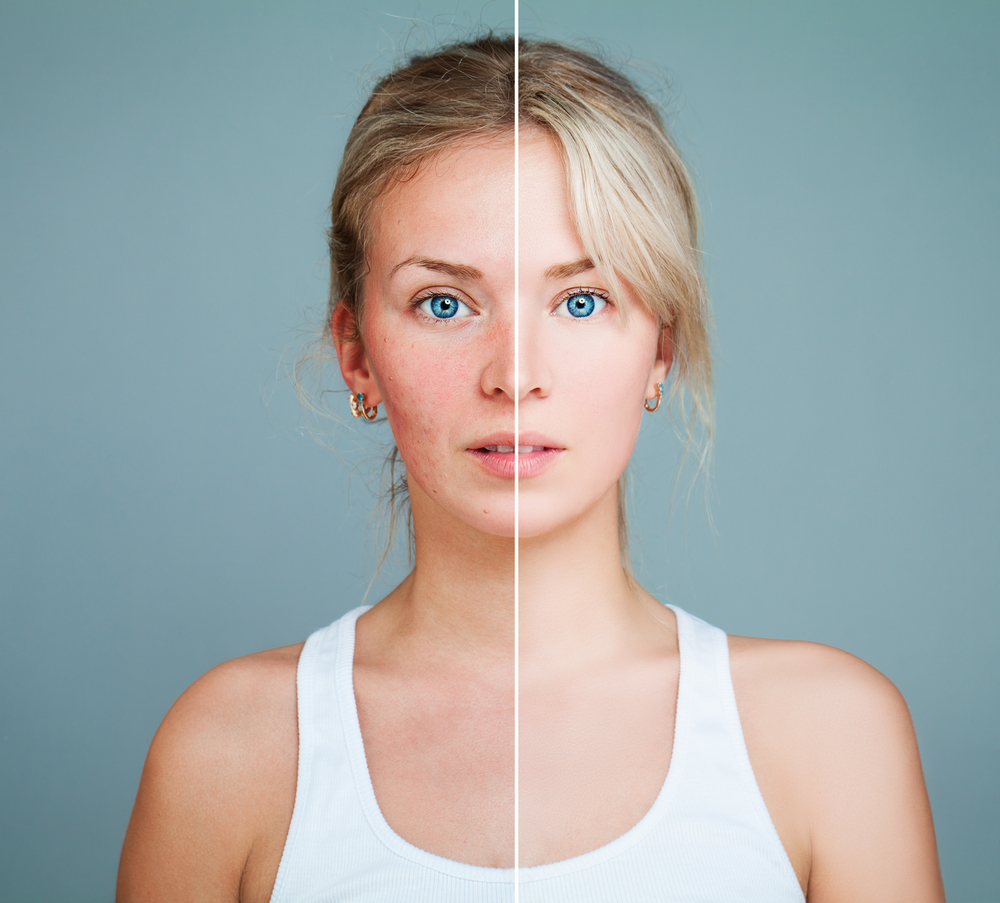

Acne scarring is a long-term complication that affects up to 95% of patients who suffer from acne at some point in their life. Having acne scars can be emotionally distressing and affect many aspects of your life. From poor self-esteem to unemployment, these persistent scars can be difficult, expensive, and time-consuming to treat.
A comprehensive evaluation of your acne scars will help assess and develop a personalized treatment plan for your specific skin care needs.
How a Visual Evaluation Works To Improve Acne Scars
The only thing worse than acne breakouts is the deep, dark marks your pimples leave behind on your skin long after they’re gone. Whether your post-pimple reminder is a deep indent in your skin or a dark spot that’s more obvious than your original breakout, acne scarring and pigmentation can be frustrating.
By thoroughly examining each type of present acne scar, Laser Aesthetic Center will help you develop the best acne scar treatment plan for your individual needs. During your visual acne scar screening, we will be looking for the following types of acne scarring and pigmentation. Once your type of scarring has been determined, we can develop an ideal treatment plan for diminishing your scars.
Hyperpigmentation
Pigmentation is a darker discoloration of the skin rather than an actual scar. At times, pigmentation can present itself during the healing process after inflammation of acne has occurred. Hyperpigmentation tends to occur in darker complected individuals. Most of these dark patches will fade and disappear over time; however, you can do a few things to speed up the healing process, including:
- Using products that include ingredients like Salicylic Acid and Retinol
- Gently exfoliating the skin’s surface with a salicylic acid cleanser
- Incorporating a Retinol serum to combat dark spots
- Using a broad-spectrum SPF to prevent sun exposure from further darkening any spots
Boxcar Scars
Inflammatory acne that is red, inflamed, irritated, and pustule leaves behind boxcar acne scars. Shallow with sharp edges, boxcar scars almost look like something was pushed directly into the skin. The depression in the skin’s surface holds scar tissue that becomes forced into a downward appearance when compared to the rest of the skin.
Keloids
Skin that has become discolored, bumpy, and raised is likely due to a type of scarring called a keloid. These mounds form as a result of the body trying to heal itself post-inflammation. Keloids happen when your body accidentally produces too many cells.
Icepick Scars
An icepick scar is a small depression in your skin. Almost puncture-like, icepick scars form when your skin loses collagen, causing the overlying skin to collapse and leave a hole. Typically narrow, yet deep, these scars are usually the result of cystic acne. Incredibly painful, cystic acne commonly forms on your jawline, chin, and cheeks due to hormones.
Rolling Scars
Rolling acne scars have a wave-like appearance. Tiny saucers usually give the skin a wavy texture. Rolling scars are almost always a result of long-term inflammatory acne. These scars can become more evident with age as your skin loses its natural tightness and elasticity.
Let Us Help You Find Your Ideal Acne Treatment Today
Acne scar treatment is unique for every patient. Laser Aesthetic Center is thrilled to introduce a new and exciting way to use dual technologies to deliver excellent results. Ultrasound energy combined with microneedling allows us to target your skin’s deepest layers while microneedling resurfaces your skin on a superficial level.
If you’re ready to reclaim your once smooth skin and diminish your acne scars, contact Laser Aesthetic Center today to schedule your personalized visual acne scar evaluation.
